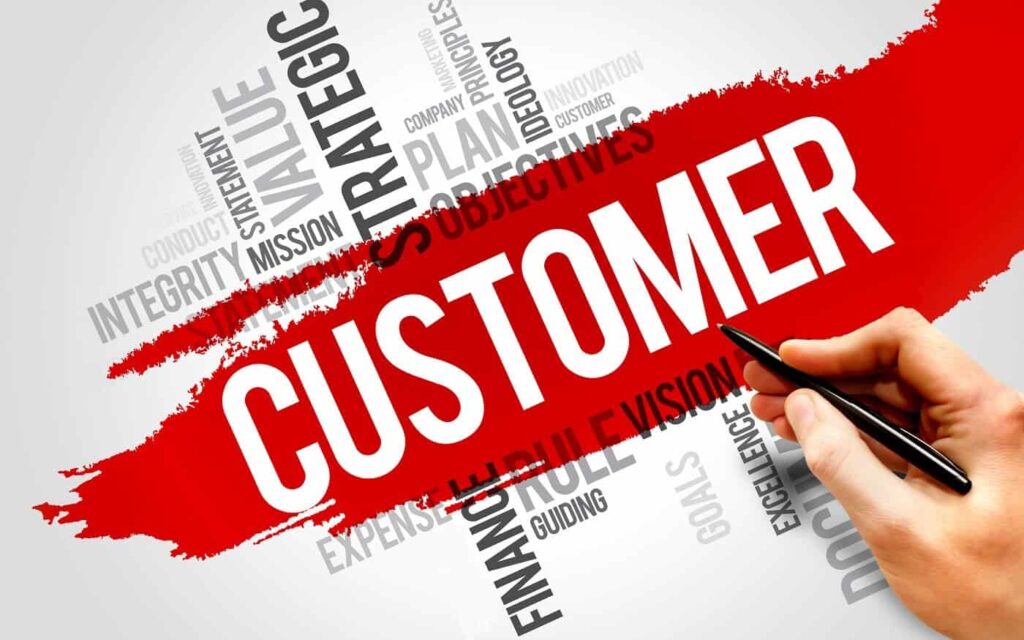Become Efficient in Email Communication with Your Customers
Those companies that cannot communicate with their customers with clarity of vision and purpose will lose those customers. Today it is key to be able to communicate effectively and quickly using the different channels available.
It goes without saying that customer service is important. That communication is not going to be just on the phone, or in a text, or on social media. It’s going to be an email also.
Email is the most effective way of communicating with a customer, based on actual research that found 73% of the consumers prefer to communicate with companies in this way.
More than 6 out of 10 clients would like to hear from companies by email. And even if you reach Internet fame by Tweeting and ‘going viral’, down deep, you still need email to get things done especially if you’re trying to sell products or services.
A Survey by Harris Interactive found that fully 81 percent of online shoppers are more likely to buy more items because of emails they have received based on their previous purchases.
Here are some quick tips for you;
- Quick Response Time; Respond to customers’ emails within 24 hours, to address their concerns or at least acknowledge their existence and let them know you’re working on a solution.
- Personalisation; Use the customer’s name and always sign off with your name as trust and rapport is built through personal connection.
- Use Effective Language; Your company emails should be clean, clear, concise and thoroughly spell and grammar checked to maintain professionalism and brand image.
- Templated emails; Save time and make sure tone and quality when writing frequently sent emails with templates.
- Anticipate Customer Needs; You even remembered that maybe they would have another question for you regarding that event/request/question/whatever. But wait! Why don’t you just answer that question now in the first email? That way you won’t have to play ‘Email Ping Pong’.
- Clear call to action; Close your email with a clear, bold and visible call to action, so that the customer knows what the next step to take is.
Why email communication best practices are important;
Better Performance; If you use good email habits, then your inbox will stay well organised and so much easier for accessibility in order to find particular emails when needed; you won’t have to go without key information anymore and your work will be facilitated. At least as you will spend less time searching for emails, your day will be less stressful.
They are more efficient and effective; The right email activities can save you a great deal of time. If you don’t have good email habits, time goes to waste. If you do have them, you can focus your email time to do the things that are more useful to you. Good emails can get you more contacts, more business and a great deal more.
Email communication best practises;
Respond to customer emails within 24 hours.
It is recommended to reply to a customer email within 24 hrs. Most people in business understand though an email doesn’t have to be replied to straight away. If they want a quick response they would have called you. Many email platforms allow you to set reminders for yourself to respond to the customer, or to come back to the issue.
Make emails feel personal.
Automated customer service is becoming increasingly popular and I have noticed everyone is using automation in their customer service reply. You can even set up reply filters, or funnels based on the type of response. The important message here is that even with reply emails that are auto distributed to customers through automation, each and every email should try to be sent as personalised as possible.
Use effective language.
Effective email communication relies on using the right kind of language. It’s key that your emails follow your communications strategy, so your brand’s message isn’t lost.
Believe it or not, emails should be 100 percent focused on providing a fantastic customer experience and this means zero mistakes with spelling or grammar. Make sure to spell check your notes; you don’t want something so unimportant to determine the fate of your business.
But if your email program doesn’t come with a Grammarly like spell check, you should have one installed before you send your next email.
Use a template for emails you send the most.
Every day billions of emails are sent from people around the globe. The usual office worker gets around 121 of them per day. If you receive and read emails or write a lot, it can be a time consuming task.
Now, imagine that you need to send 100 emails and 20 of them have the same body, but different recipients or that several of your emails concern the same topic. Creating a template for these situations can save you a ton of time. Most email systems let you draft email templates so you can, for example, copy a standard message and then mass email it to hundreds of people, saving you hundreds of hours a week.
Anticipate the needs of your customer.
Email is not really the place for live chat style social media, nor should it be, the inbox would never catch up. This is not about presenting a problem and then flippantly dismissing it. It would result in too much email.
Having this in mind, when you are emailing a customer, try to predict what follow up questions your customer may have.
You can send them the FAQ list. It may be an FAQ list, but you write it designed as questions and answers. This is not to say you shouldn’t invite them to follow up with questions, but you should try to reduce the email Ping Pong.
What are email practises?
Standards and norms about email practises are the rules and guiding points regarding what is correct and expected in an email written for professional purposes. The ultimate outcome of such norms is to reach out to make email communication quick, successful, polite and appropriate. Examples of such norms include page layout and style, formality and correct content.
In writing about email, I could cover many different topics, such as when it is correct to change the subject in your subject line, which tone and language are acceptable and which are taboo and when it is correct to reply by forwarding versus composing a completely new message from scratch. There is an expectation that your email should not be littered with errors. Don’t expect co-workers to do your proofreading and editing for you. There is an expectation that you shouldn’t write without considering the importance of a response or the co-workers’ personal time outside working hours.
The following 5 professional email rules are helpful for making sure that emails are constructive and proper.
- Keep it short all emails need to be easy to read and not serve up flabby hunks of text. Cut to the chase but don’t leave out key details.
- The tone; Of necessity I talk about work you need to engage with it and do your best to present it clearly without authorial adornment. You are bound to fail to some extent but linguistically the best course of action is to keep your tone respectful and impartial.
- always be polite; Use the correct rules of professional electronic messages to leave a good impression.
- Factor in timeliness; Make sure to hit ‘Send’ during regular business hours. Do not be the person who intrudes on your co-workers’ evenings and weekends; reserve email for work time (though do feel free to send an evening email if it’s an emergency it just shouldn’t be a habit).
- Proofread and edit; Carefully review your emails for errors in grammar, punctuation and spelling.





